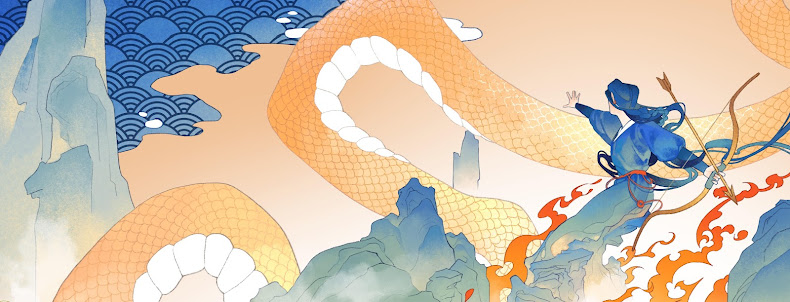After
reading Blood & Beauty: The Borgias, I always wanted to read another
novel by Sarah Dunant. At some Goodreads friends’ nudge, I decided to pick this
one up.
Throughout
the first three-quarters of the book I was more emotionally twined with the
character of the dwarf Bucino than I would care to admit. The fact that he is
also the first-person narrator is supposed to give immediacy and sense of
reality to the scenes and things happening to him, but I must confess that I consciously
and stubbornly clung to my skepticism. However, by the time I reached the
denouement, I was obviously already too invested in him to be able to detach
myself from his pain and anguish, or hold back my tears. That Dunant is a
brilliant writer needs no further proof.
The
plot would seem simple enough but nonetheless enthralling: a famed courtesan
Fiammetta and her dwarf Bucino must escape the carnage of Rome’s invasion by
foreign powers and are forced to find their footing again in prospering Venice,
where they meet their friends and foes. With their loss of a precious jewel, we
are led down a path of intrigue behind a veil of fog when Fiammetta’s healer
and friend – a blind hunchback called La Draga – starts to snatch our
attention. From that point on, I was loath to put the book down. The ending
didn’t surprise as much as it saddened me.
Apart
from being a skillful storyteller, the author is also adept at painting a vivid
picture of 16th century urban Venice. In true historical fiction
form, real historical characters abound in the novel to enhance the sense of
place and time: painter Tiziano Vecellio (or Titian), engraver Marcantonio
Raimondi, writer Pietro Aretino, painter Giulio Romano, and healer Elena
Crusichi (fictionalized as La Draga).
I’m
giving this novel 3.7 stars. [Warning: the language may be a bit raunchy for
some readers’ taste.]

2 comments:
I just saw your review of this book, and since I was very confused by the ending I thought I'd ask you. If you have any explanation or clarification for me, please feel free to email me at francescabegos@gmail.com or just reply to my comment. It would be very much appreciated.
[SPOILER ALERT]
By the end of the book I still didn't understand La Draga's relationship to Fiammetta, and also why she pretended to be blind. Was she her daughter? If so, what is the evidence for that? And how did Bucino figure out that Alberini was little Fiammetta's grandfather? If that's true, then La Draga can't be Fiammetta's daughter, right?
Any explanation would be VERY much appreciated....Thank you!!!!!!!!!!!!
Hi Francesca! Thanks for leaving a comment. According to my memory, La Draga is described as Fiammetta's healer and good friend. I don't recall any hint in the novel that she is Fiammetta's daughter. That she pretends to be blind has to do with her struggle to eke out a living by using her medicinal knowledge - perhaps people in those times would have more trust in a blind and hapless person.
As for Alberini, he is an aging glass merchant and one of Fiammetta's long-time and trusted clients. I'm afraid I can't remember Bucino's guess of Alberini's relationship to little Fiammetta.
Post a Comment